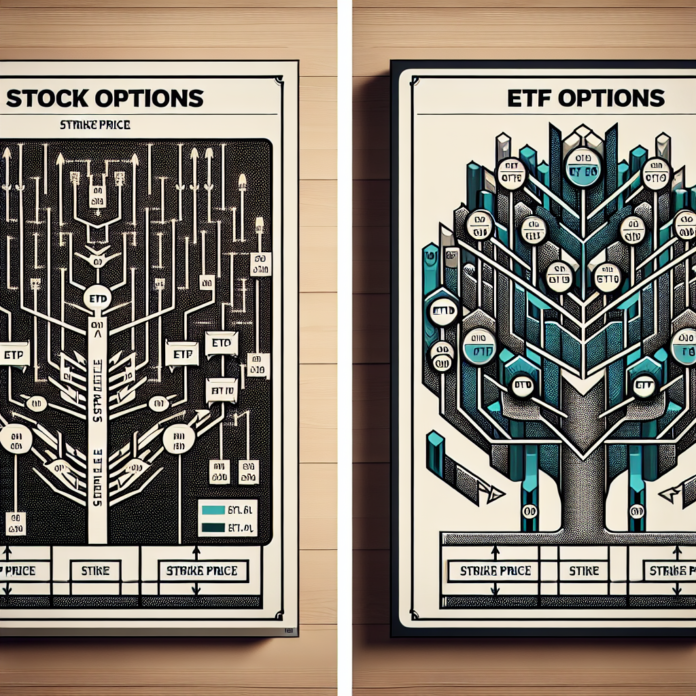Introduction:
One of the critical decisions options traders make is selecting the most suitable strike price. When it comes to options on traditional stocks versus exchange-traded funds (ETFs), certain nuances must be considered. In this article, we will conduct a comparative analysis of strike price setting in traditional stocks and ETF options to help traders navigate these markets effectively.
- Traditional Stocks and Strike Price Selection:
a) Fundamental Analysis: When choosing strike prices for options on traditional stocks, fundamental analysis plays a significant role. Traders assess factors like earnings reports, market trends, industry news, and company financials to determine price movements and potential volatility. Strike prices are usually selected around support and resistance levels based on these evaluations.
b) Stock-Specific Factors: In traditional stocks, strike price selection also depends on the individual characteristics of the underlying company. This includes its size, sector, historical price movements, and investor sentiment. Traders may consider strike prices that align with potential catalysts like product releases, mergers, or earnings announcements.
- ETF Options and Strike Price Setting:
a) Market Index Considerations: For ETF options, strike price selection is influenced by the underlying market index. ETFs track a specific index’s performance, making it crucial to consider its historical volatility, liquidity, and overall market sentiment. Strike prices may be chosen based on support and resistance levels within the index or its constituents.
b) Correlation Analysis: ETF traders must also analyze the correlation between the ETF and its underlying index. The strike price should reflect the expected movement of the ETF relative to the index. Understanding this correlation can help traders identify strike prices that accurately capture the ETF’s price dynamics.
- Comparative Analysis and External Resources:
To gain further insights into strike price setting in traditional stocks vs. ETF options, explore the following external resources:
a) Stock Market Data Provider X (www.stockmarketdataproviderx.com) – This resource offers comprehensive information on individual stocks, including historical price data, financial statements, and news updates. Utilize this platform to conduct fundamental analysis and determine suitable strike prices in traditional stock options.
b) ETF Provider Y (www.etfprovidery.com) – This website specializes in information on ETFs, providing a wide range of resources such as historical price data, performance metrics, and correlation analysis. These insights can assist in selecting appropriate strike prices for ETF options based on the underlying market index.
- Conclusion:
Strike price selection is a crucial aspect of options trading, whether it involves traditional stocks or ETFs. While fundamental analysis plays a significant role in traditional stocks, considering stock-specific factors is essential. For ETF options, analyzing the underlying market index and correlation factors becomes key. Leveraging external resources can enhance your understanding of strike price setting in both markets. By making informed decisions, options traders can optimize their strategies and improve their chances of success.




 AGF-B.CO
AGF-B.CO